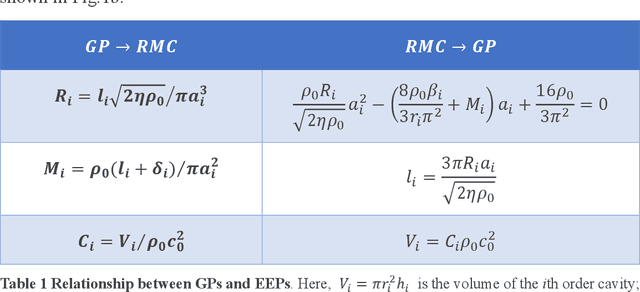Han Jia
Noise-Resilient Point-wise Anomaly Detection in Time Series Using Weak Segment Labels
Jan 21, 2025



Abstract:Detecting anomalies in temporal data has gained significant attention across various real-world applications, aiming to identify unusual events and mitigate potential hazards. In practice, situations often involve a mix of segment-level labels (detected abnormal events with segments of time points) and unlabeled data (undetected events), while the ideal algorithmic outcome should be point-level predictions. Therefore, the huge label information gap between training data and targets makes the task challenging. In this study, we formulate the above imperfect information as noisy labels and propose NRdetector, a noise-resilient framework that incorporates confidence-based sample selection, robust segment-level learning, and data-centric point-level detection for multivariate time series anomaly detection. Particularly, to bridge the information gap between noisy segment-level labels and missing point-level labels, we develop a novel loss function that can effectively mitigate the label noise and consider the temporal features. It encourages the smoothness of consecutive points and the separability of points from segments with different labels. Extensive experiments on real-world multivariate time series datasets with 11 different evaluation metrics demonstrate that NRdetector consistently achieves robust results across multiple real-world datasets, outperforming various baselines adapted to operate in our setting.
Acoustic Structure Inverse Design and Optimization Using Deep Learning
Feb 18, 2021
Abstract:From ancient to modern times, acoustic structures have been used to control the propagation of acoustic waves. However, the design of the acoustic structures has remained widely a time-consuming and computational resource-consuming iterative process. In recent years, Deep Learning has attracted unprecedented attention for its ability to tackle hard problems with huge datasets, which has achieved state-of-the-art results in various tasks. In this work, an acoustic structure design method is proposed based on deep learning. Taking the design of multi-order Helmholtz resonator for instance, we experimentally demonstrate the effectiveness of the proposed method. Our method is not only able to give a very accurate prediction of the geometry of the acoustic structures with multiple strong-coupling parameters, but also capable of improving the performance of evolutionary approaches in optimization for a desired property. Compared with the conventional numerical methods, our method is more efficient, universal and automatic, which has a wide range of potential applications, such as speech enhancement, sound absorption and insulation.
 Add to Chrome
Add to Chrome Add to Firefox
Add to Firefox Add to Edge
Add to Edge